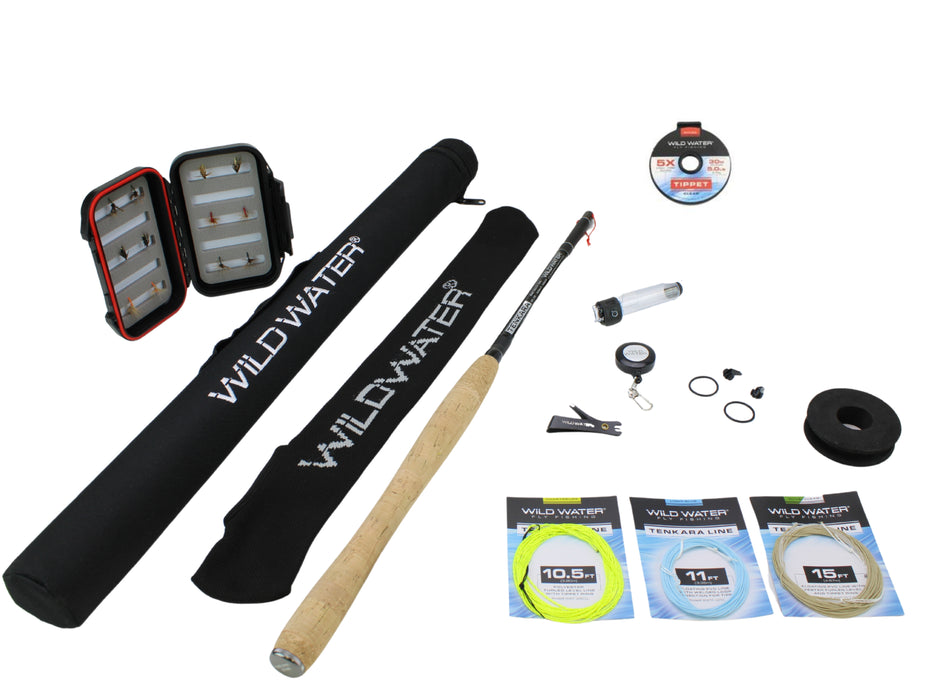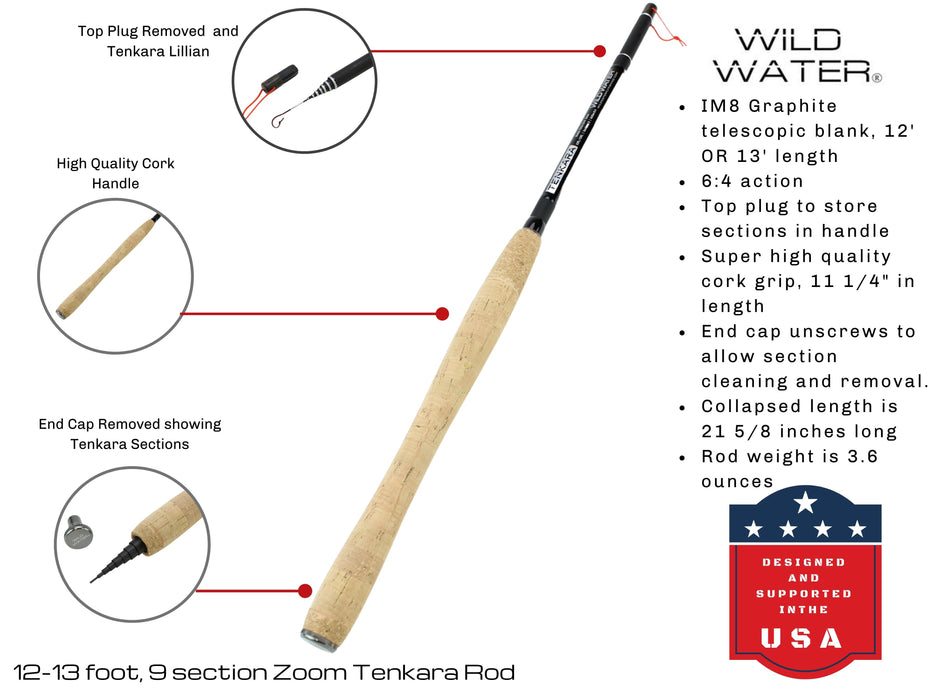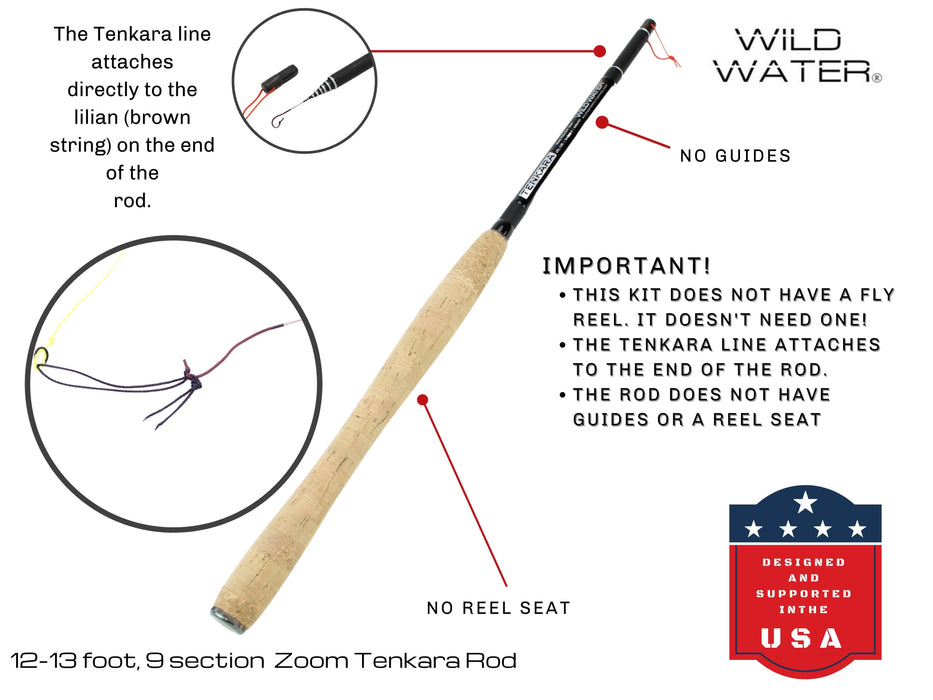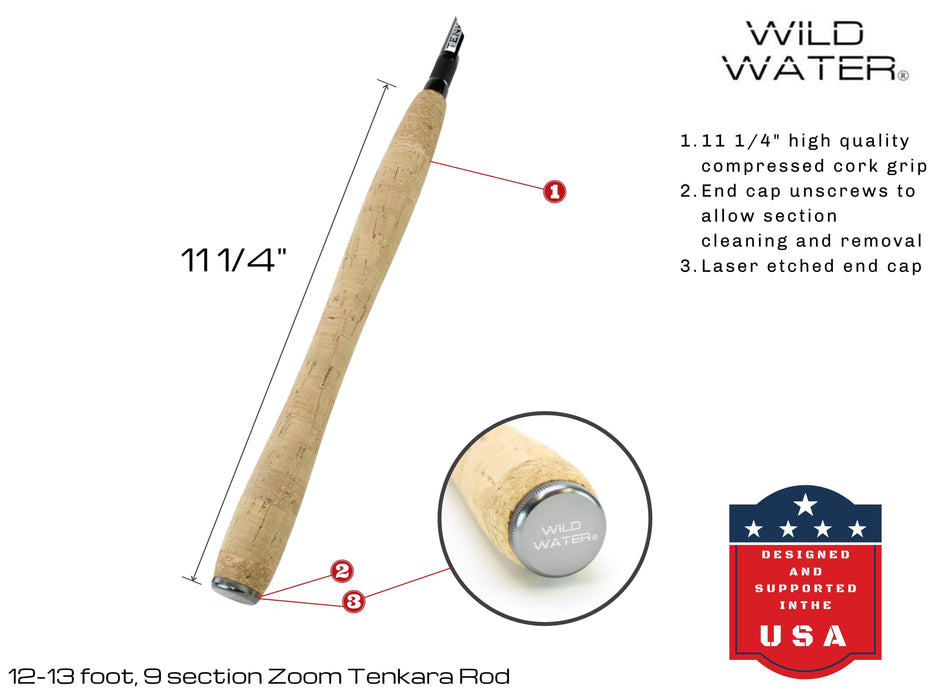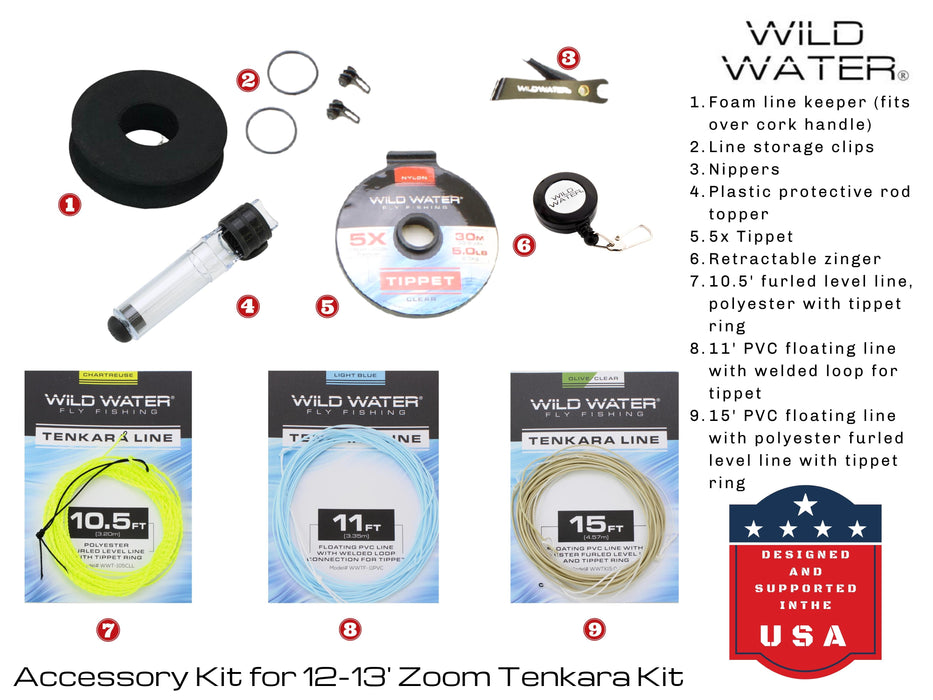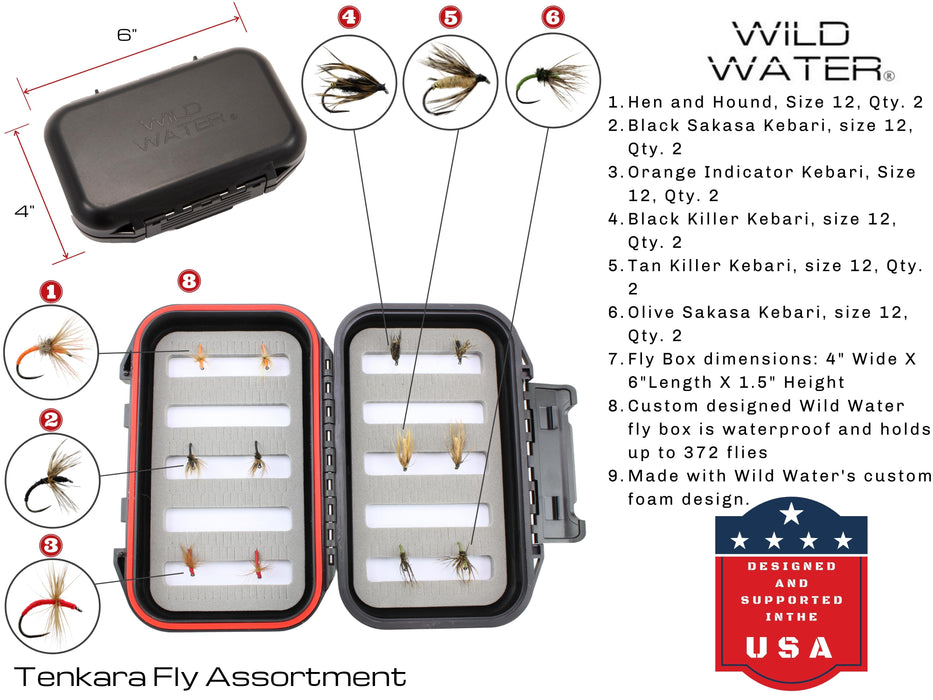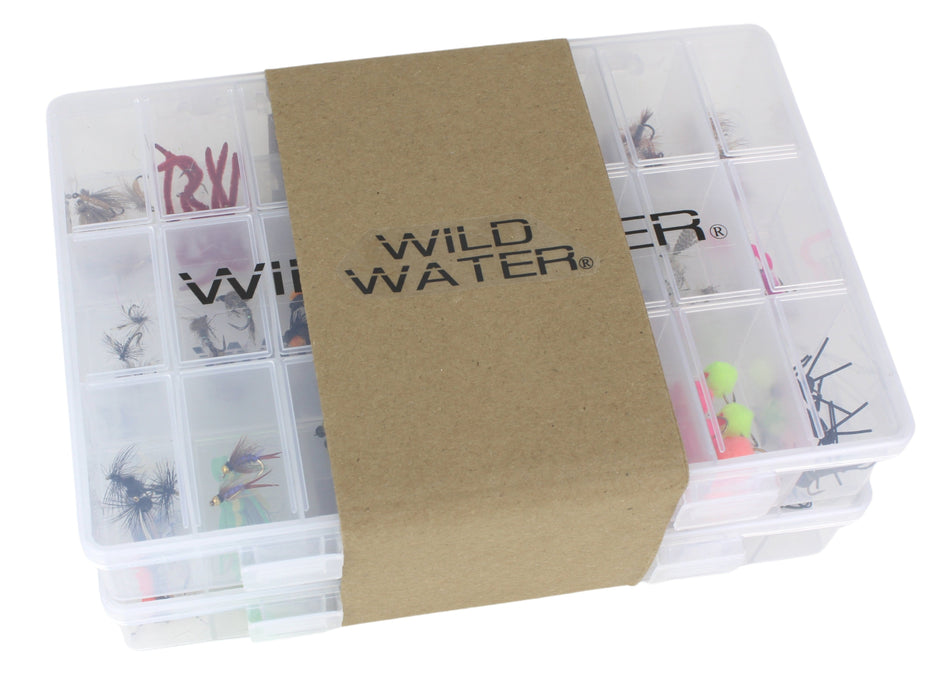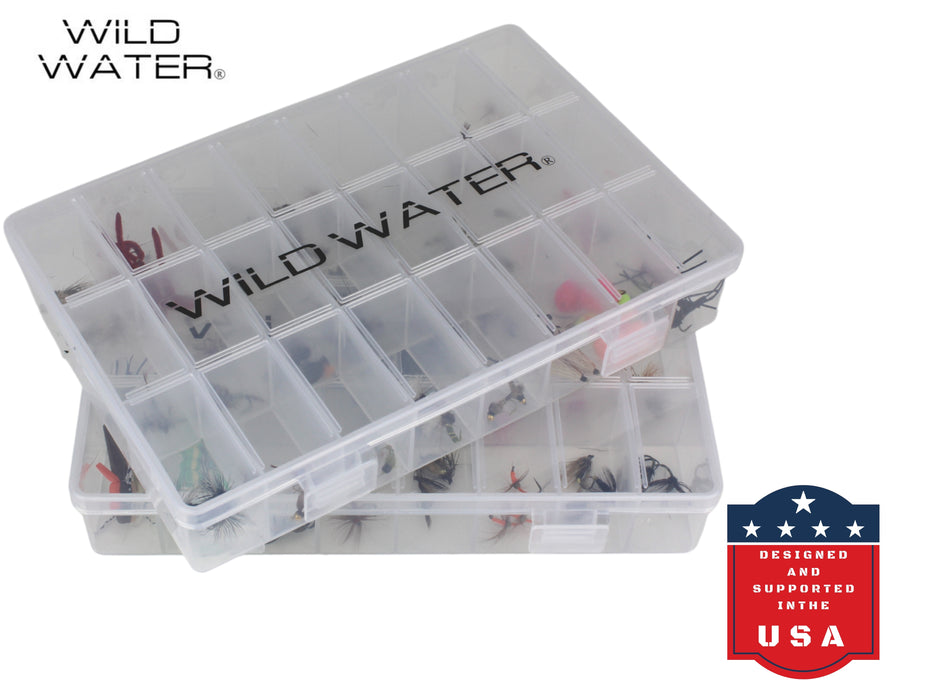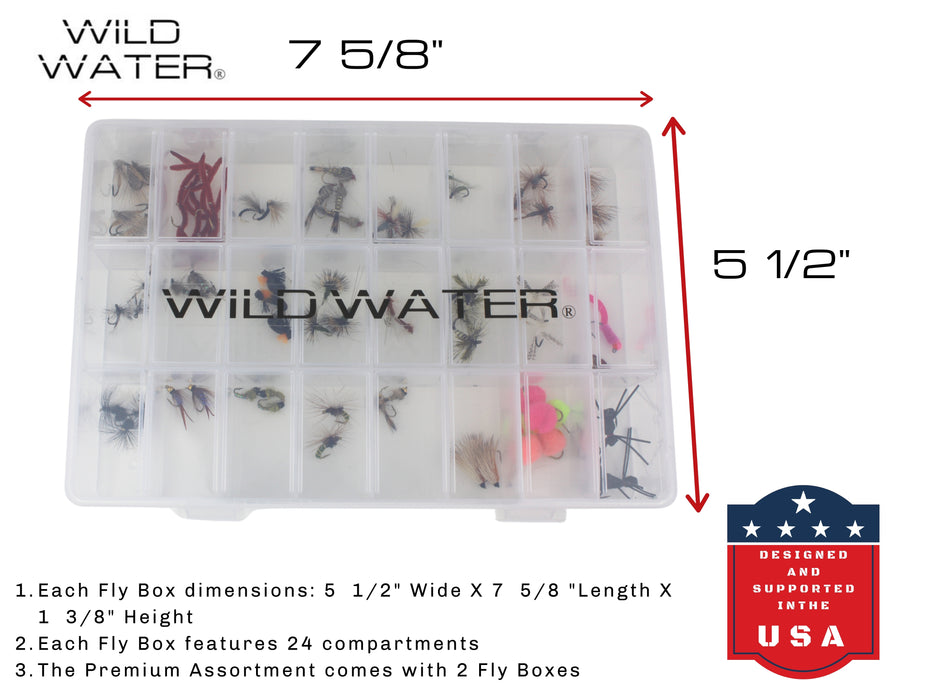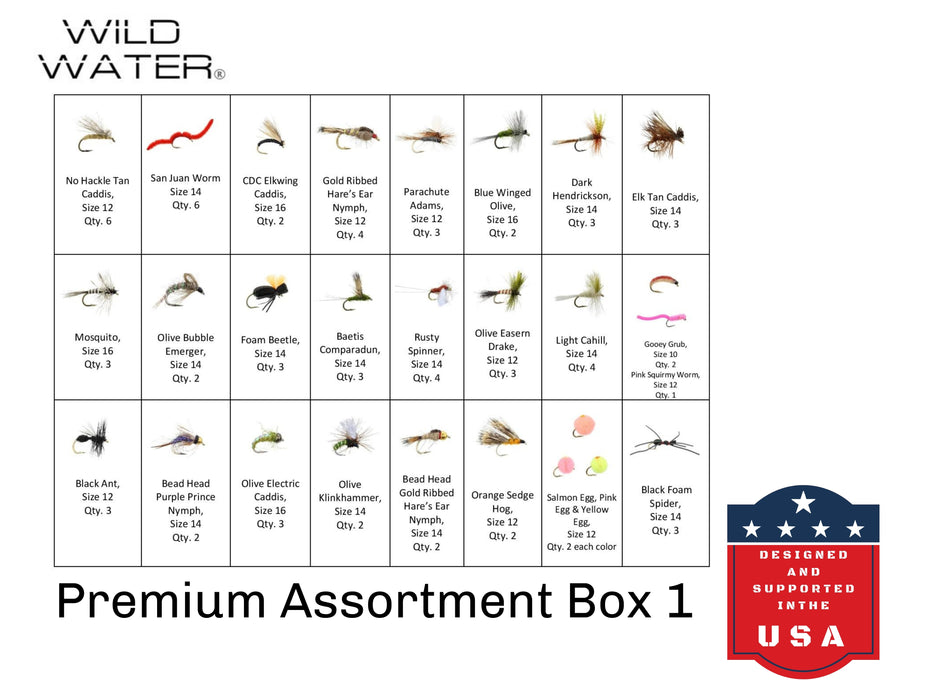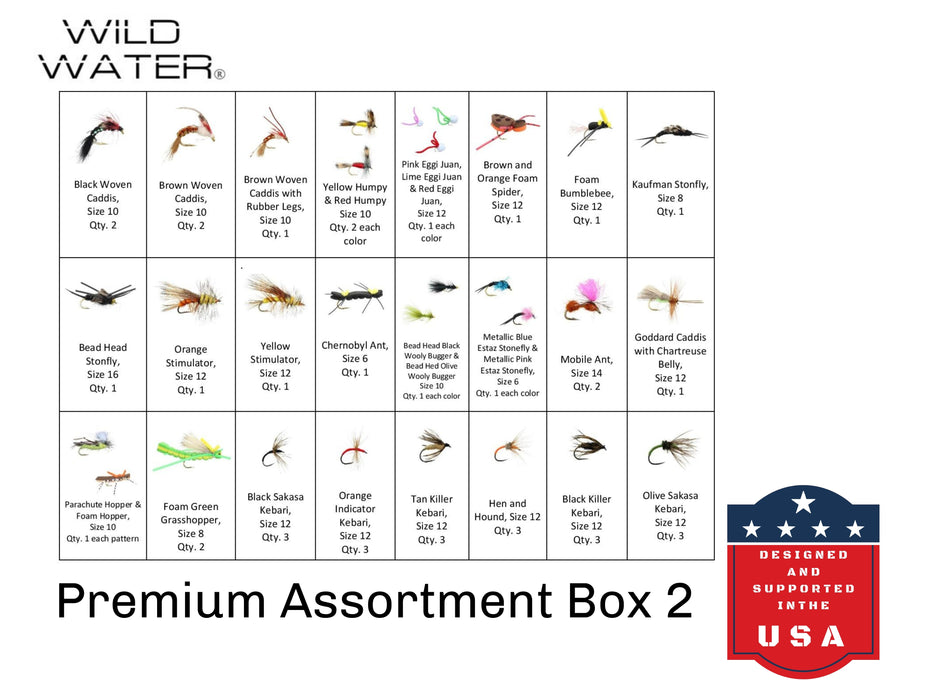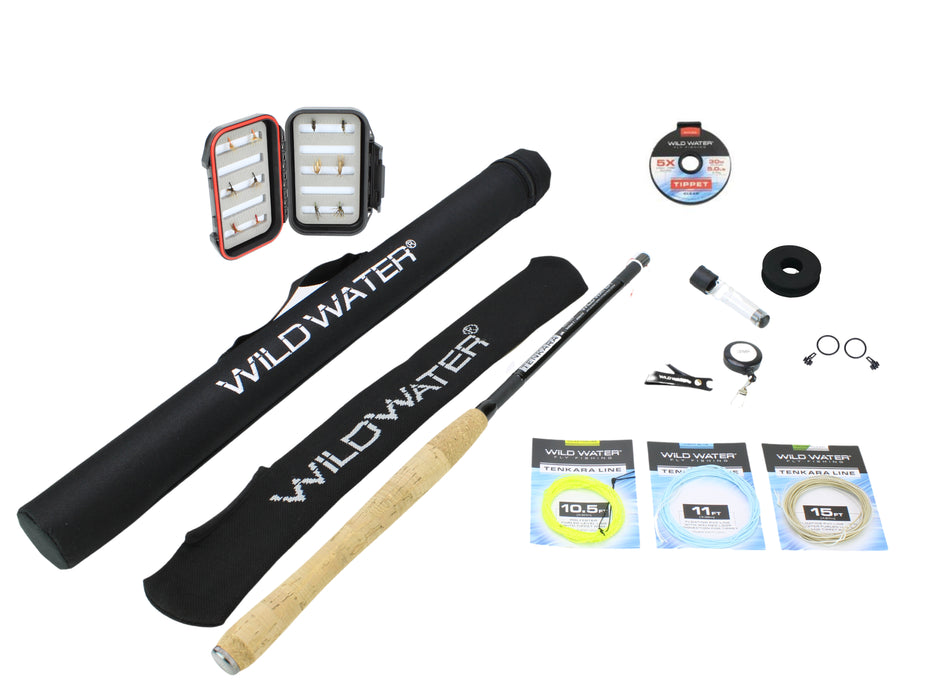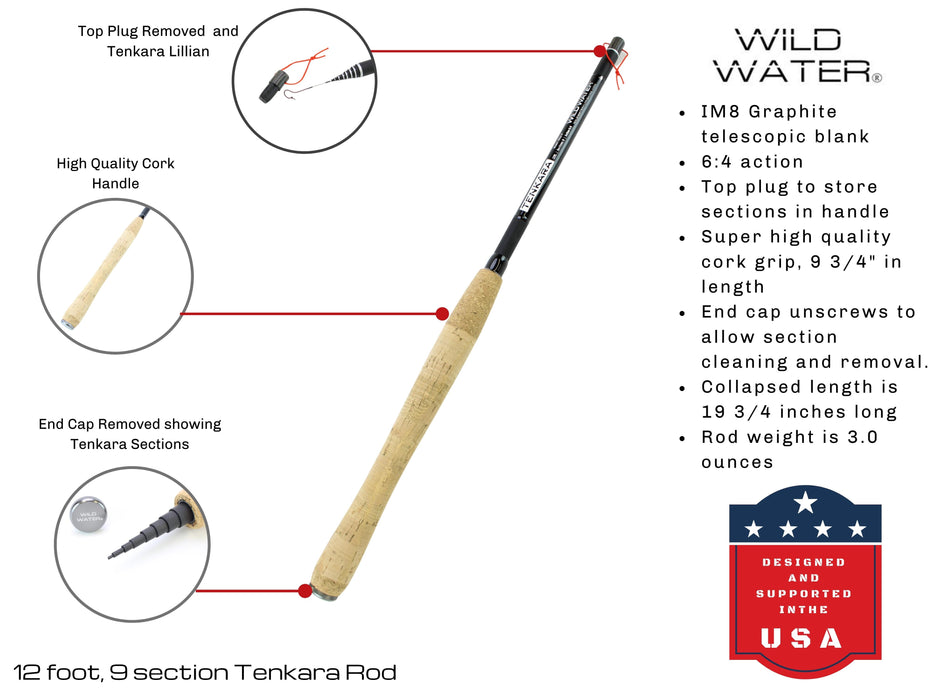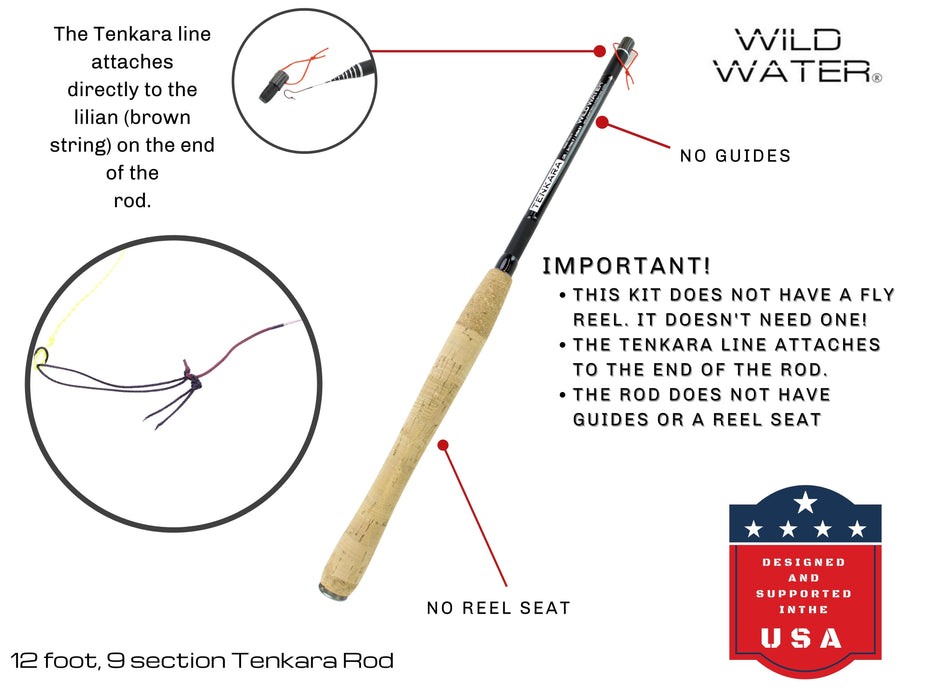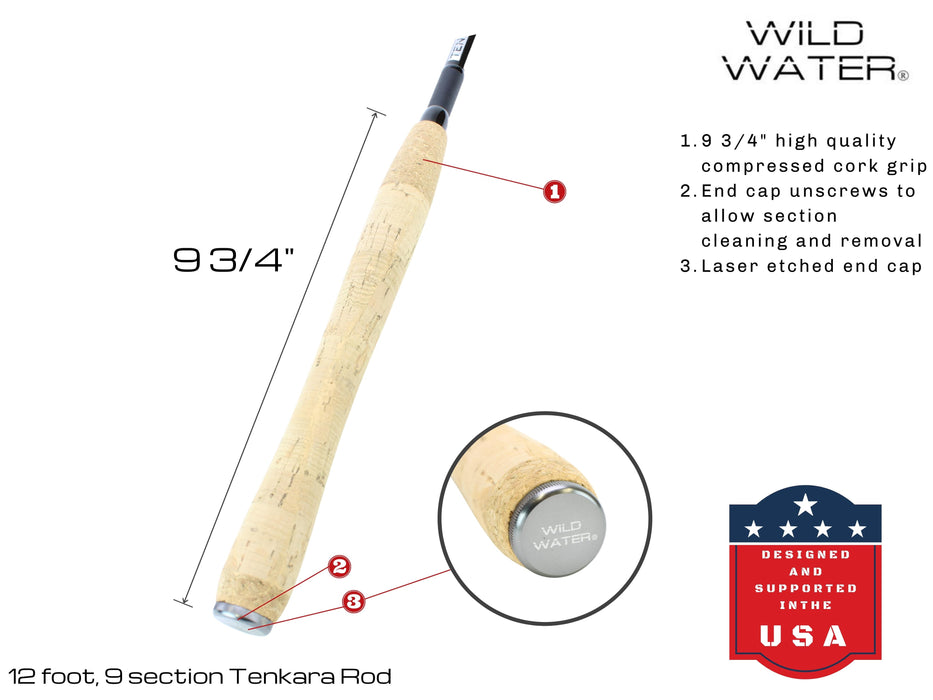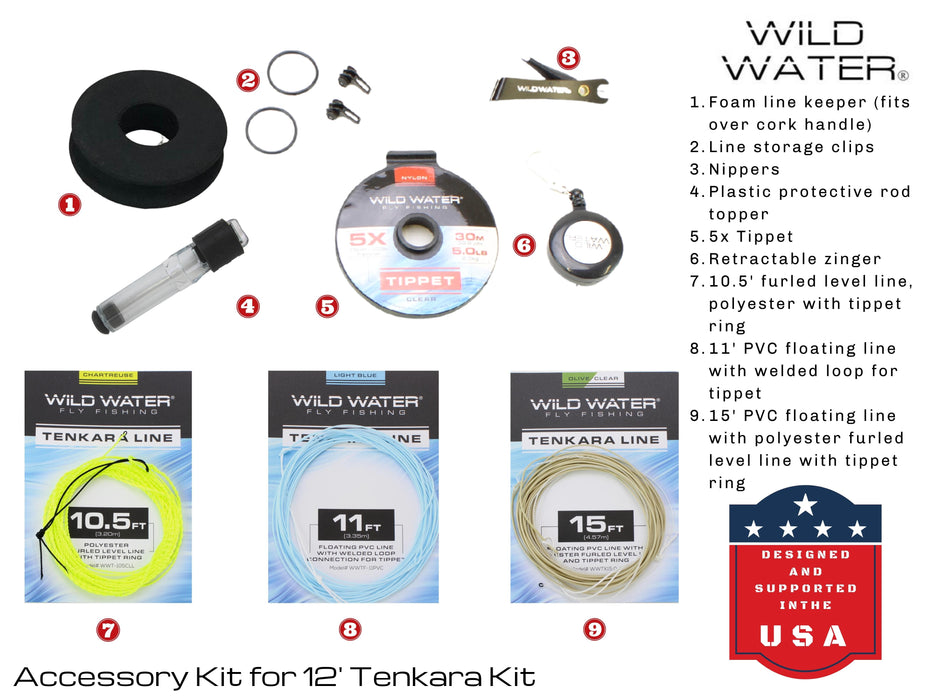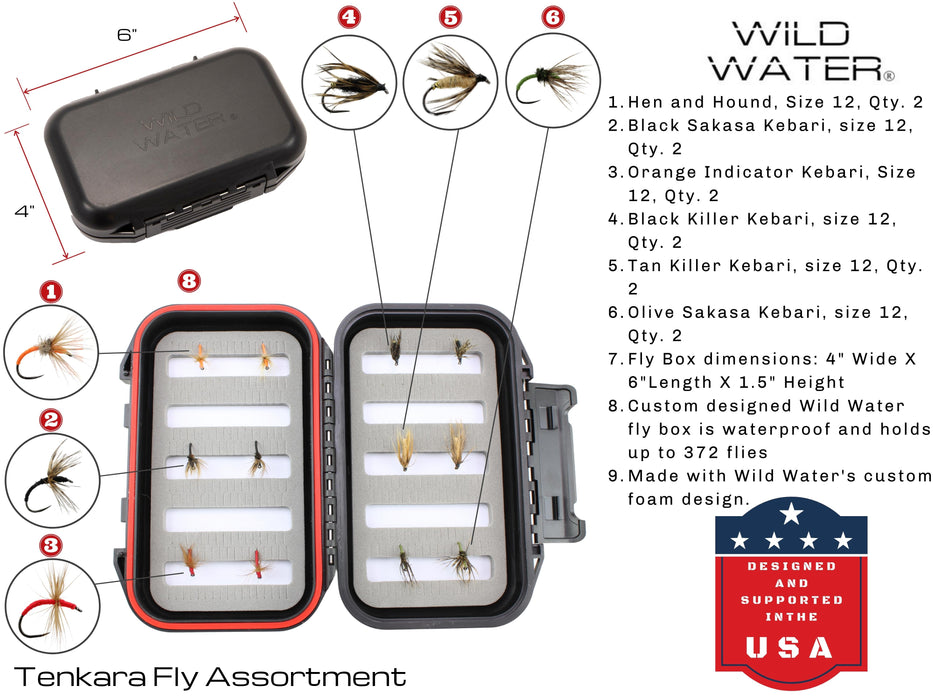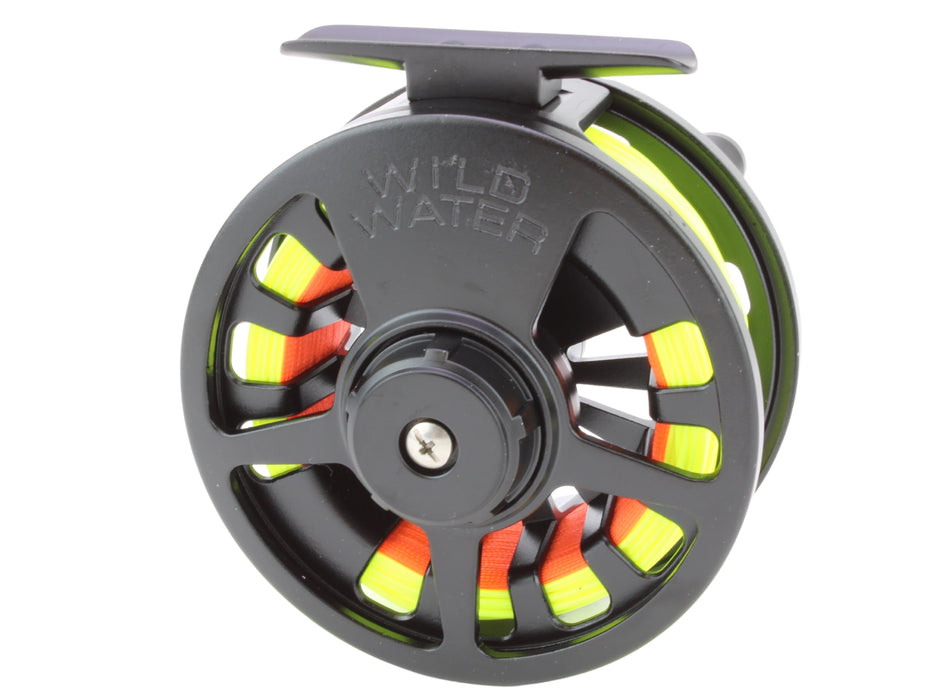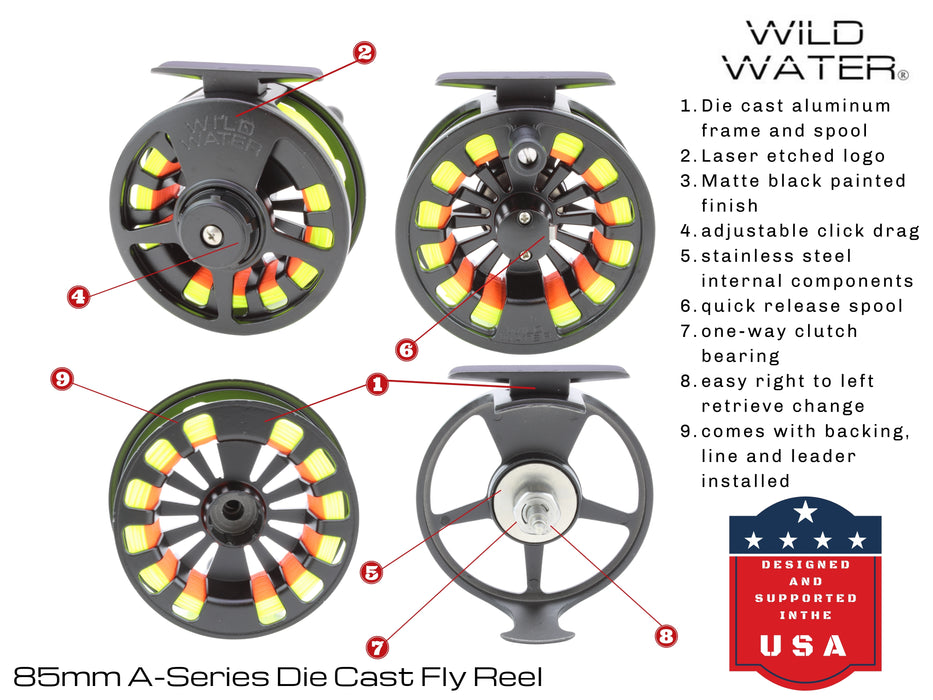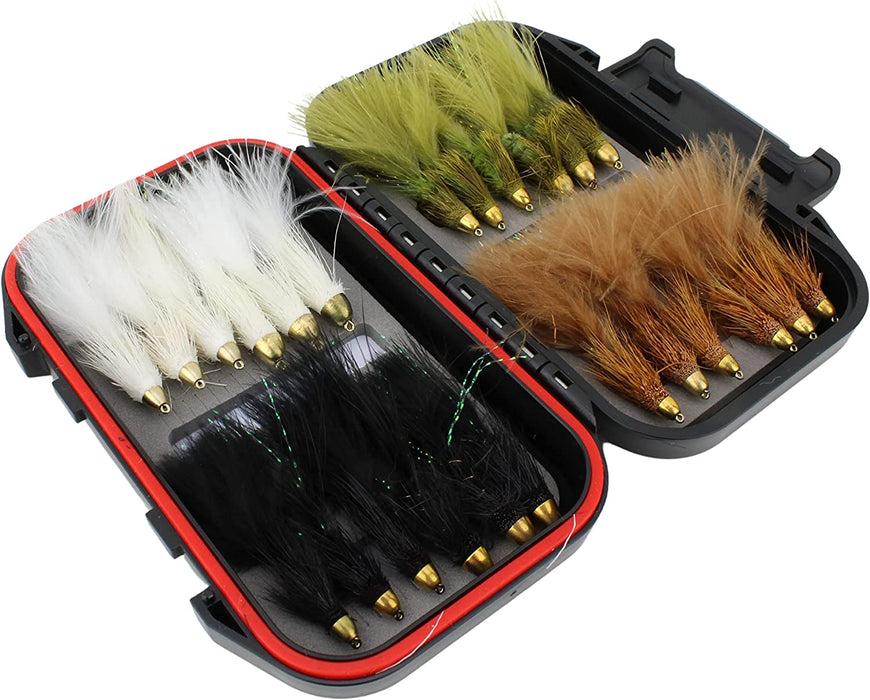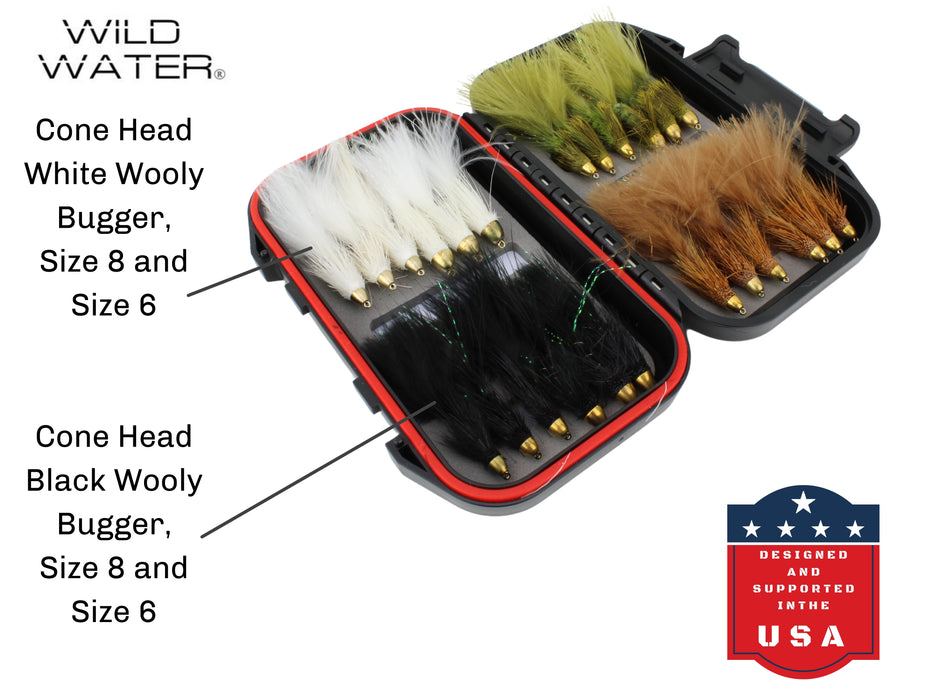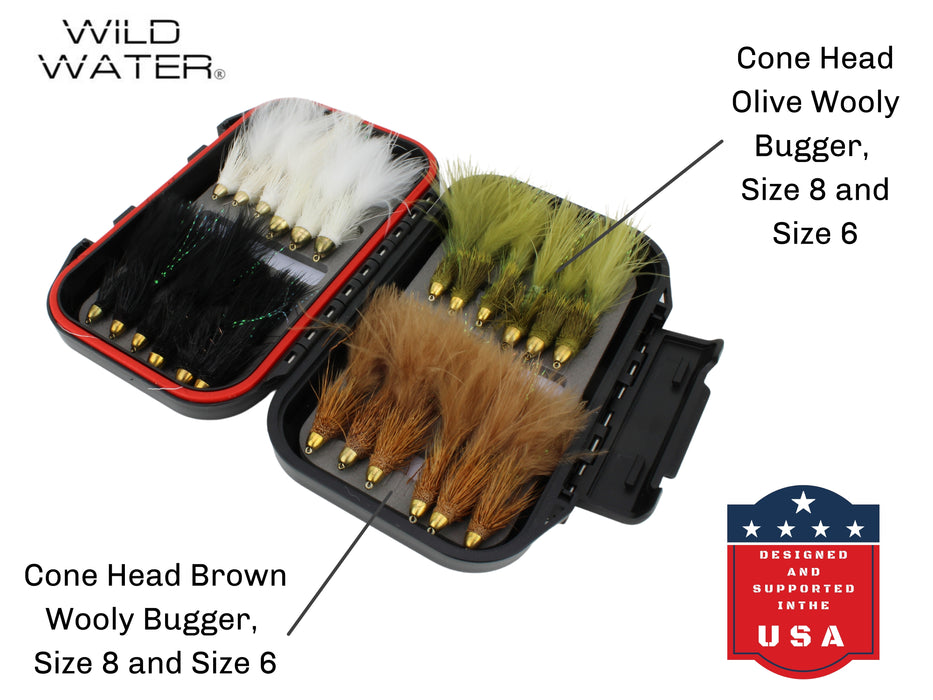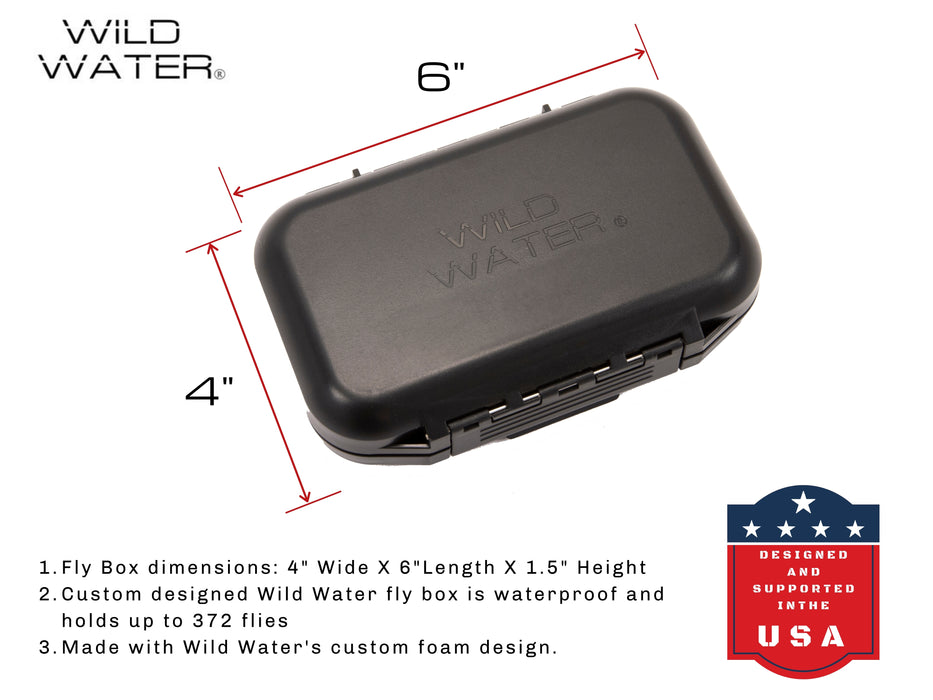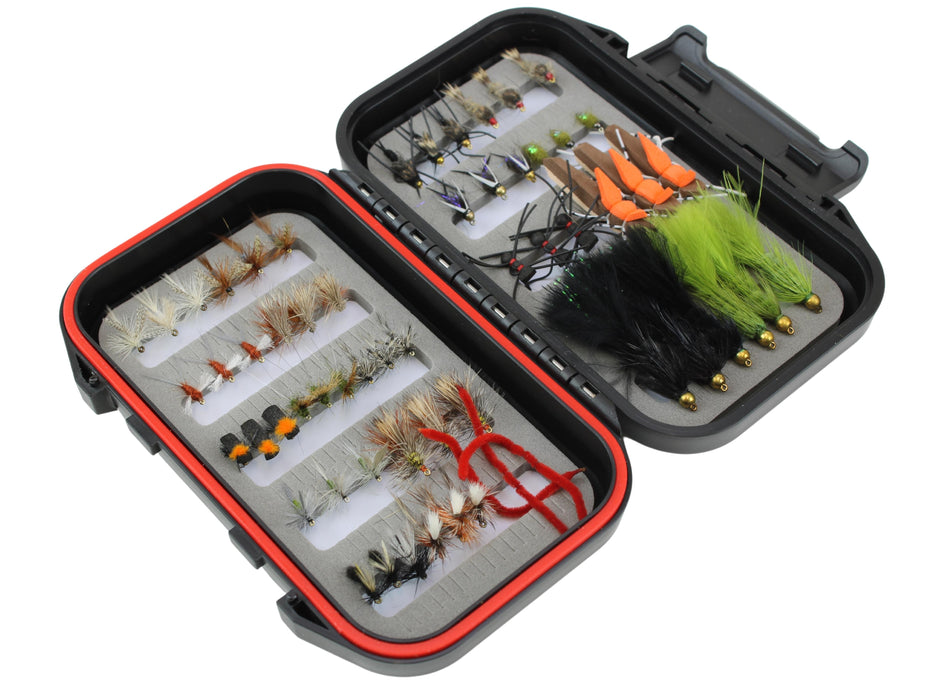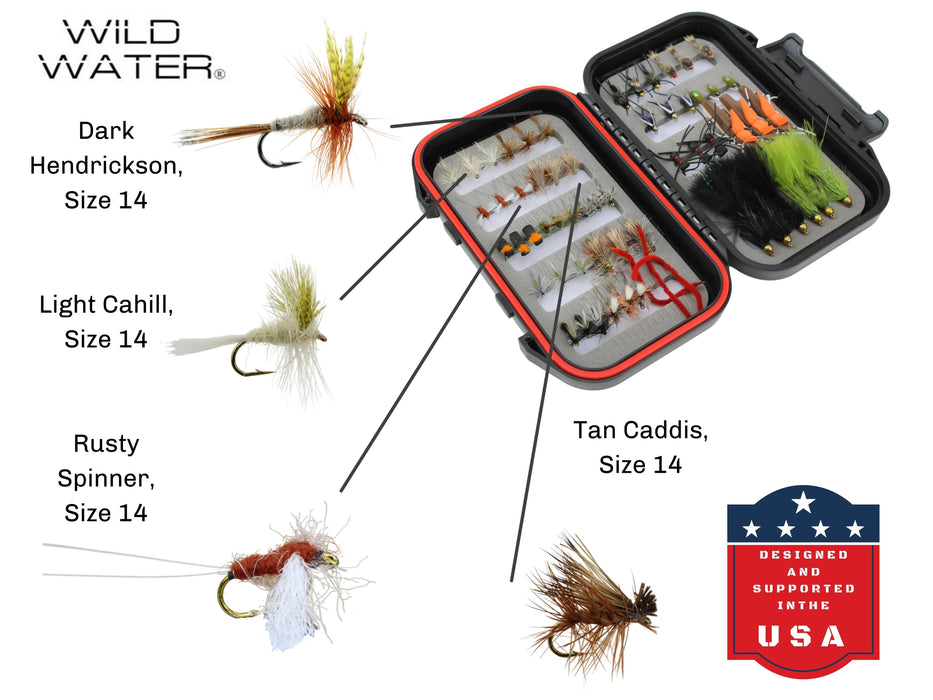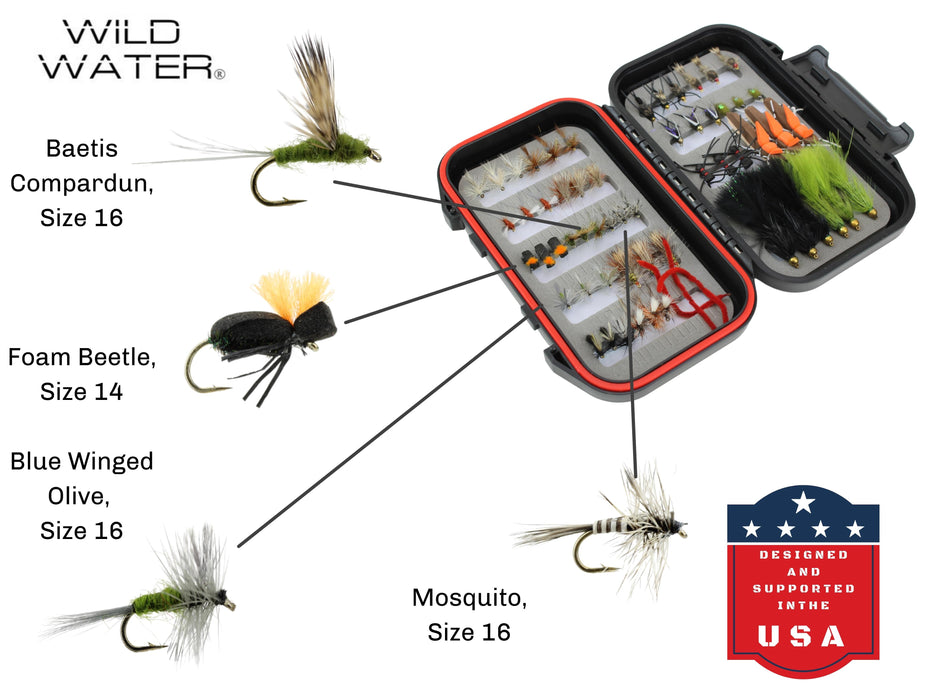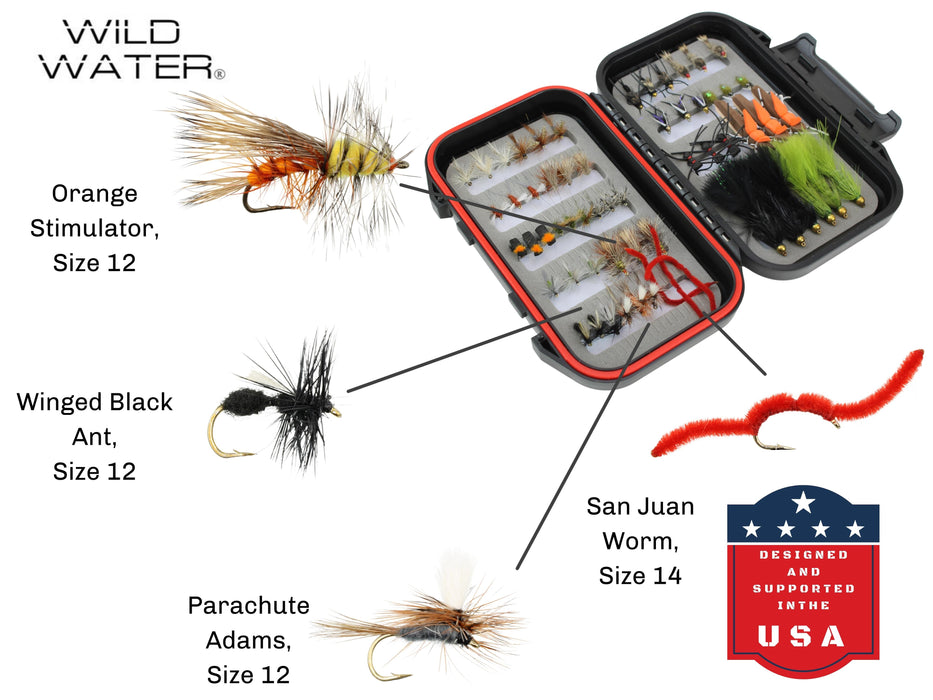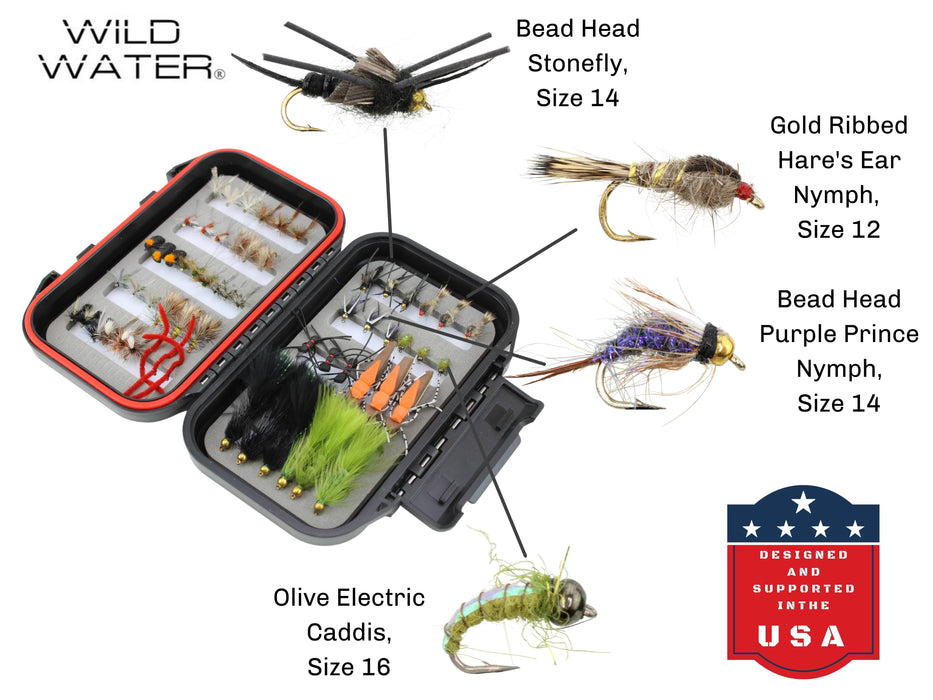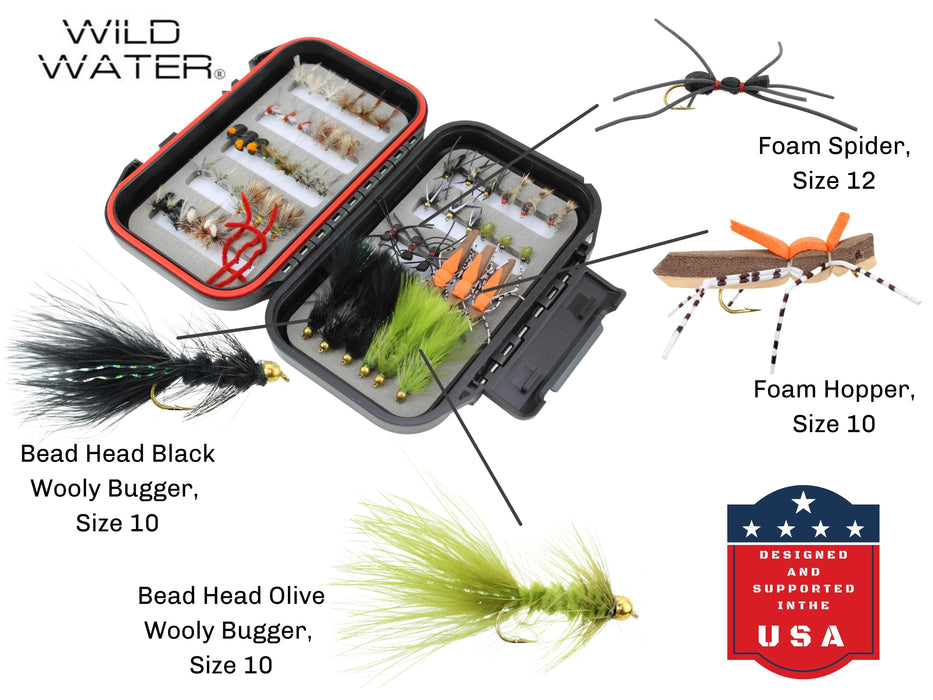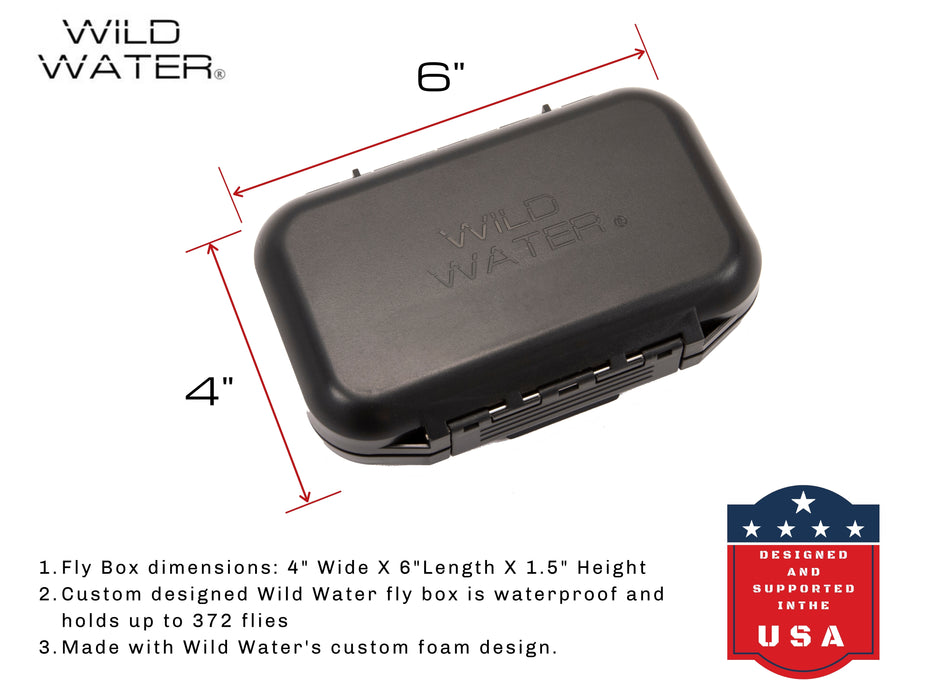Wind can ruin a day of fly fishing. A strong wind often makes you think about your decisions more than usual. As anglers, the fewer outside factors that inhibit us, the better. We need our attention focused on casting, mending and stripping. If we have to account for wind, we’re not going to be as sharp.
There are going to be days, however, when you have to deal with wind. The water conditions may be beautiful and the fish are biting. Here are a few tips to help you handle the wind and still make the most of your day on the water.
Casting
Learning to cast on a windy day takes practice. The wind has no mercy for any angler so unless you’re willing to put in the time to learn, you’ll stay frustrated. Keep your casting strokes low to the ground helps. Sticking to roll casting is another good strategy.
Positioning
Before you decide where to stand when casting in the wind, you need to first consider your safety. If the wind is going to force your fly line back into you, you should change positions. You don’t want your fly hitting you in the back or the head.
If you cast with your right hand, have the wind blow onto the left side of your body. It’ll force your fly away from you and reduce the risk of injury. If you’re a lefty, cast with the wind blowing on the right side of your body.
Cast across the wind. If you spend time casting directly into it or with it, you will struggle to pick your spots. A cross wind is manageable.
Types
There are a few options of casts to use in the wind. You don’t want a large loop blowing behind you. It’ll likely get tangled and you will lose precious fishing time. Be sure to have a tight loop. It won’t look as graceful, but it’ll work. Short movements with your arm instead of wide swoops will do the trick.
You also want to increase your line speed a bit more. Lessen the distance from your line to the water and make short quick movements. You may slap the water with your fly a few times, but it’s not the end of the world.
Distance
Don’t try to make lengthy casts. The pools across the river may not be reachable. Shorten your distance to the holding areas as much as you can. While you do not want to be right on top of the fish, closer proximity in the wind is necessary.
Rod
If you normally use a 4 or 5-weight on a lake or river, bring a 6-weight if possible. Not everyone has multiple rods in their arsenal, but if you do, bring it because the extra weight can help you combat the gusting wind.
Reel/Line
It’s not a bad idea to increase your line weight to gain that extra bit of weight. Your reel can stay the same on a windy day as long as it matches your rod! Balance is always necessary regardless of weather conditions.
Flies
If you’re unable to fish with a heavier rod, tie on heavier flies. These may feel a bit awkward to cast, but they have more ability to cut through wind than a small dry fly. Plus, the fish are likely eating the food that the wind is stirring up below the surface and not as focused on topwater feeding.
Be sure to match your leader and tippet to the heavier flies. You don’t want to lose flies because you forgot to change leader and tippet!

